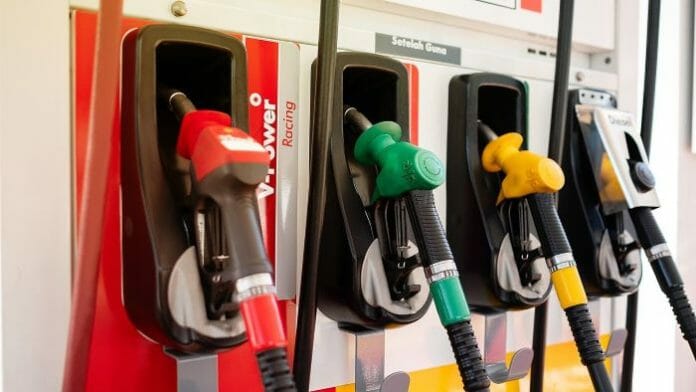The present spate of inflationary pressures mounting on the economy has left many economists in around the world baffled not knowing the next course of action to take.
On the one end, the need to render assistance to the vulnerable group that are hard hit by the recent increase in prices and on the other hand the need to adhere to fiscal discipline and keep a tight lead on the government purse.
The middle path may be subsidy rationalisation that would ensure that vulnerable groups particularly the B40 are assisted while the rich and the T20 should pay the market price.
Finance Minister Tengku Zafrul said that Malaysian subsidies run in the tune of RM 30 billion every year but this year it is RM71 billion. The biggest portion of subsidies is fuel, which the government said last month was poised to reach RM28 billion in March and RM30 billion in April. Some RM12 billion could be going to the top 20% income group (T20), given that Bank Negara Malaysia’s research in 2014 shows that only 4% of blanket fuel subsidies go to the bottom 20% (B20) versus 42% to T20. It is estimated that a substantial portion of the subsidies benefits the rich.
The rich enjoy more subsidies based on their larger usage. For example, the bulk of the RM4 billion spent on petrol subsidies until March 2022 was actually enjoyed by the T20 (top 20 per cent household income) group.
“For every RM1`of fuel subsidy, 53 sen went to the T20 group while only 15 sen benefitted the B40 (bottom 40 per cent earners),”he said.
While blanket subsidies may be necessary at the initial stage of economic development, these policies would tend to outlive their usefulness and more targeted approach should be undertaken as the economy matures.
This is imperative as it allows the government to rebalance it expenditure and ensure that it can sufficiently allocate its resources towards expenditure in health and agriculture.
The question uppermost in the minds of everybody is if the timing of the removal of subsidies is right considering the spiraling increase in prices following the pent-up demand in goods and services coupled with the global disruption in logistics following the Russian-Ukraine war.
While it may be argued that the timing is less conducive considering it is an inflationary environment nevertheless the removal of subsidies with a targeted approach would ensure that both consumers and producers will not suffer.
To the vulnerable groups, cash vouchers can be considered to ensure that would be able to purchase goods that are affected by the subsidy, and at the same time, it should also consider giving subsidies to the producers so that it would make it profitable for them to stay in the business.
Blanket removal of subsidies for the producers can prompt producers who are not able to pass the cost down to the consumers to fold up and take their business elsewhere,
A case in point is the ban on the exports of chicken from June 1 and the withdrawal of subsidies for poultry breeders on July 1 is not only likely to exacerbate the poultry breeder’s woes but also add to the food security conundrum. The move is likely to see many poultry breeders exiting the industry as the elevated price of the feedstock cost such as corn and soya has already impacted the margins, with the latest move by the government to ban the export of chicken being the last straw in the camel’s back.
If a ceiling price is set for the prices, the government should compensate the poultry breeders in a way that would make it worthwhile for them to stay in the industry and ensure consumers are not burdened with the increase in the price through cash vouchers.
It should also look at increasing supply factors in the long run such as substitutes for a chicken feed from other countries such as importing corn from South America instead overly being dependent on Ukraine.
Government should also consider structural issues in addressing the problems as price escalation is also attributed to supply-demand imbalances that can be addressed. The Federation of Livestock Farmers’ Associations of Malaysia said that production ion experienced a drop in 2019 and 2020 because of the pandemic and added a positive recovery in production of close to 3% in 2022. It said that momentum in the production recovery would take time and added that the supply-demand gap will eventually close and supply will be able to meet demand in a month’s time.
Aside from the supply factors, the government should also remove subsidies gradually so that households would be able to rebalance their household budgets and prepare for substitutes in the event of an escalation of prices. If the targeted approach to subsidy is to be implemented, it needs to ensure the right mechanism is in place which includes making the announcement of the new ceiling prices in advance to avert prices of goods rising on the basis of rising inflationary expectations.









